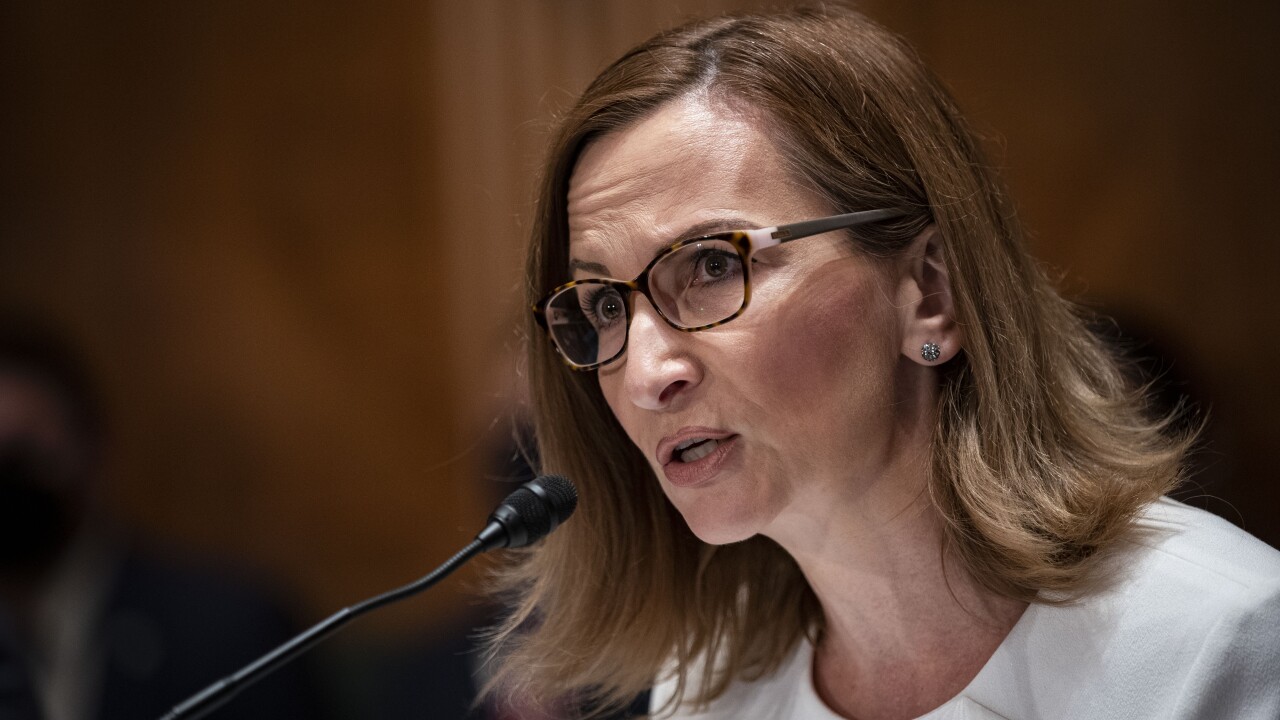One of the problems Basel II faces today in the Washington debate is that many in Congress, as well as many banking regulators, simply don't trust it to be our only banking capital standard.
As they have gone through various rounds of refinement, the most sophisticated Basel II approaches — the ones we in America have been considering for the longest time — have become increasingly prescriptive and complex, to the point where many people who feel they ought to understand the approaches find they really cannot. As a result, the idea, which was a minority position, of keeping the familiar leverage ratio in place as a safety net has gained many new supporters in Washington.
The problem is, there are some large holes in the leverage ratio.
The ratio goes back to Federal Deposit Insurance Corporation Improvement Act of 1991 and even earlier. In those days a bank with capital in excess of 5% of assets — that is, with a leverage ratio of over 5% — was likely to have a fair amount of capital in relation to most losses.
Nowadays, however, assets are a very poor proxy for risk. On the one hand, expanding use of off-balance-sheet instruments, the increasing speed of market developments, accelerating innovation, and growing operational complexity can add to risks. On the other hand, effective hedging and judicious use of derivatives, not to mention low-risk business strategies, can reduce risk dramatically, too. In fact, one bank may be safe with capital equal to 3%, while one with two or three times that much may be seriously at risk.
In other words, the threshold prescribed by today's leverage ratio in today's financial world offers little real comfort.
I am proposing a modernization of the leverage ratio, replacing assets with losses. (Purists will want to rename it, too, because it would no longer correspond to the financial theorist's notion of leverage, but that is incidental.)
Under this modernized ratio, a bank would have to keep its losses in any quarter below, say, 5% of its capital, instead of keeping its capital above 5% of its assets. In addition, the regulators might require that banks keep the dollar value of their capital above today's leverage-ratio dollar level. If a bank failed to keep its losses down or its capital up, prompt corrective action would result, as it would today.
What would happen? Banks would have to make a judgment about how much risk they wanted to take on and how tightly they wanted to manage it. If they were really confident they could keep net losses below some quite small level, they could set capital right at the historical allowable minimum. On the other hand, if they felt they did not want to invest so heavily in risk management or to constrain their strategy to be low-risk — in other words, if they wanted a wider margin within which to manage quarterly results — they could raise their capital accordingly and give themselves more headroom.
Why is this modernized leverage ratio so much better than the current one? In the first place, it would close the loopholes in the current regime. The risks created by the changing opportunities and threats in the financial world are fully taken into account by its comprehensive nature. But beyond that, it also compensates for high-risk management practices with higher capital requirements and encourages good practices with lower ones. In this respect, it reinforces the messages that Basel II was always meant to deliver.
At the same time, the modernized ratio is unbelievably simple by comparison, and it would be difficult to describe it as overly prescriptive. It gives banks wide latitude to develop the internal systems best suited to their circumstances, and it requires banks to think about and manage their risks as a portfolio.
Modernizing the leverage ratio is a simple and effective reform. It would be a good idea for our regulatory system and a great idea for American banking.





